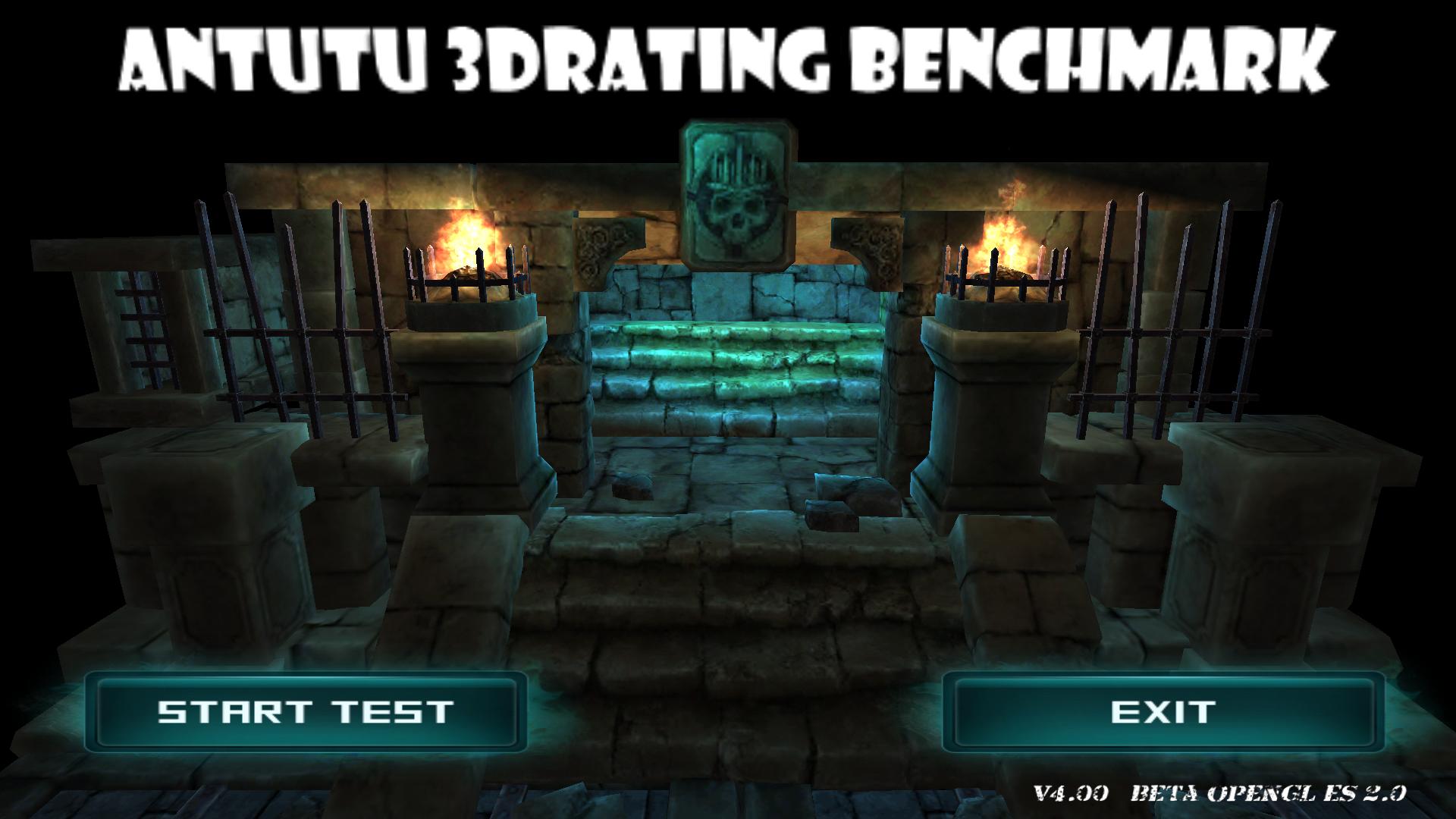Opengl Es 2.0 Free Download For Android
- Free Download For Android Games
- Opengl Es 2.0 Tutorial
- Opengl Es 2.0 Free Download For Android Mobile
- Opengl Es 3.0 Vs 2.0
- Angle Opengl Es 2.0 Download
- Opengl Es 2.0 Free Download For Android Pc
Android offers support for 2D and 3D graphics with the OpenGL ES API. OpenGL ES is just a variation of OpenGL specifically designed for embedded systems. Since Android 1.0, the OpenGL ES 1.0 and 1.1 APIs have been included. The support for OpenGL ES 2.0 started from Android 2.2. This tutorial presents the basics for working on OpenGL ES software in Android by working through a few examples. You can download the entire source code for all the demo projects in the examples.
Android OpenGL References, Versions and Device Support
The Android OpenGL ES reference has version descriptions and comparisons among OpenGL ES 1.0/1.1 and 2.0. Since these versions differ in many ways, you should make your selection based on the performance, device compatibility, coding convenience, and graphics control for your implementation.
The example code in this class uses the OpenGL ES 2.0 APIs, which is the recommended API version to use with current Android devices. For more information about versions of OpenGL ES, see the OpenGL developer guide. Note: Be careful not to mix OpenGL ES 1.x API calls with OpenGL ES 2.0 methods! The two APIs are not interchangeable and trying to.
To find out which OpenGL ES versions your current device supports, you can use the following code:
Android Classes for OpenGL GL
The two most important classes you need for OpenGL projects in Android are android.opengl.GLSurfaceView and android.opengl.GLSurfaceView.Renderer. You also must implement Renderer, an interface for the minimal required drawing methods, as follows:
GLSurfaceView is a view class which you use to draw the graphics objects. You will also need it to capture user interaction events. Now you can instantiate this view class and call setRenderer with the renderer implementation you must provide.
OpenGL Geometric Elements, Rendering Primitives and Colors
Before we move on to our first example, there are some brief descriptions that should help you understand the code better if you are an OpenGL beginner.
- Geometric elements include points, lines, areas, and so on. For points, OpenGL uses gl.glVertexPointer to refer to the buffer for vertices contained in an array with X, Y, Z values. For lines, they are formed by connecting the indices from the vertex array. For areas, they are constructed by connecting oriented triangles. You can specify the vertex order used for the triangles with gl.glFrontFace(GL10.GL_CCW) for counter clockwise orientation or gl.glFrontFace(GL10.GL_CW) for clockwise.
- Rendering primitives include GL_POINTS for points. GL_LINES, GL_LINE_STRIP, and GL_LINE_LOOP are available for lines. For triangles, the options are GL_TRIANGLES, GL_TRIANGLE_STRIP, and GL_TRIANGLE_FAN. These can be rendered through gl.glDrawElements with their byte buffers provided.
- Basic coloring in Open GL contains four float values ranging from 0.0 to 1.0, representing Red, Green, Blue, and Alpha (Transparency) channels through gl.glColorf. For more complex coloring, we can create an array of the four float values and use gl.glColorPointer to refer to its byte buffer.
Build Your First Basic OpenGL ES Project in Android
As mentioned before, two essential classes required by all OpenGL ES projects are android.opengl.GLSurfaceView and android.opengl.GLSurfaceView.Renderer. Therefore, the main activity containing the minimal implementation is as follows:
Free Download For Android Games
We will implement a Renderer interface with our own MyRenderer below. Because onSurfaceCreated, onSurfaceChanged and onTouchEvent will pretty much remain the same in other implementations, they will not be relisted later. This example basically has a list of five vertices representing a pyramid with vertex indices of 0, 1, 2, 3 at the base and 4 at the top.In setAllBuffers, each vertex component is a float value. Since a float value equals 4 bytes, byte buffer length needs to be multiplied by 4. Similarly, the border index is a short value and thus byte buffer length needs to be multiplied by 2.
Border color is set to solid green. The main code to render all the lines is:
Figure 1 shows the result, a wireframe pyramid.
Figure 1: Wireframe Pyramid
Page 1 of 2
IT Solutions Builder TOP IT RESOURCES TO MOVE YOUR BUSINESS FORWARD
本项目包含了若干个OpenGL 2.0在Android上的应用的例子,
功能列表

- OpenGL_01_Simple_Color 实现最基本的绘制正方形
- OpenGL_02_Simple_Texture 实现最基本的加载图片Texture
- OpenGL_03_Simple_Object 将绘制的物体进行封装,涉及较多矩阵变换
- OpenGL_04_Skybox 实现最基本的Skybox效果
- OpenGL_05_HeightMap 读取并显示HeightMap,涉及更细致的MVP Matrix的使用。
项目开发问题记录
OpenGL_01_Simple_Color
几个可能让图形显示不出来的问题
Opengl Es 2.0 Tutorial
- 没有调用GLSurfaceView.setEGLContextClientVersion(2)来指定EGLContext的版本;
- glsl文件中没有删掉这行代码
#version 120 - 在进行正交变换时,变换的Matrix没有进行Matrix.orithM初始化
Opengl Es 2.0 Free Download For Android Mobile
OpenGL_02_Simple_Texture
未遇到问题
OpenGL_03_Simple_Object
未遇到问题
OpenGL_04_Skybox
未遇到问题
Opengl Es 3.0 Vs 2.0

Angle Opengl Es 2.0 Download
OpenGL_05_HeightMap
Opengl Es 2.0 Free Download For Android Pc
在使用IndexBuffer时,数据类型为float时无法显示,改成short就行了,不知为何,后续再深入研究。